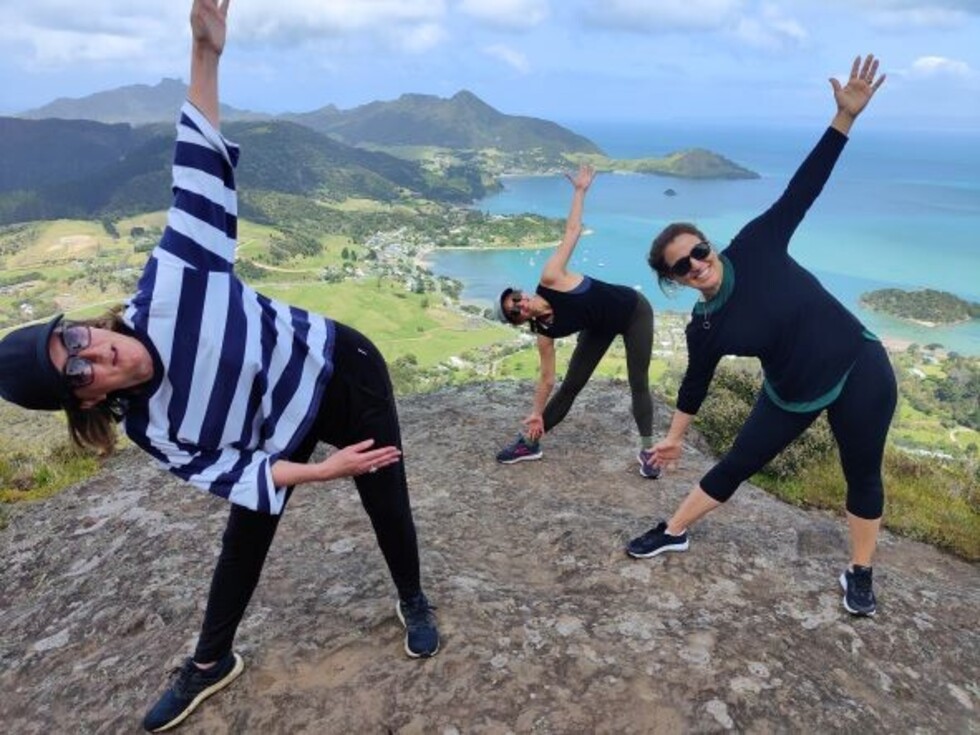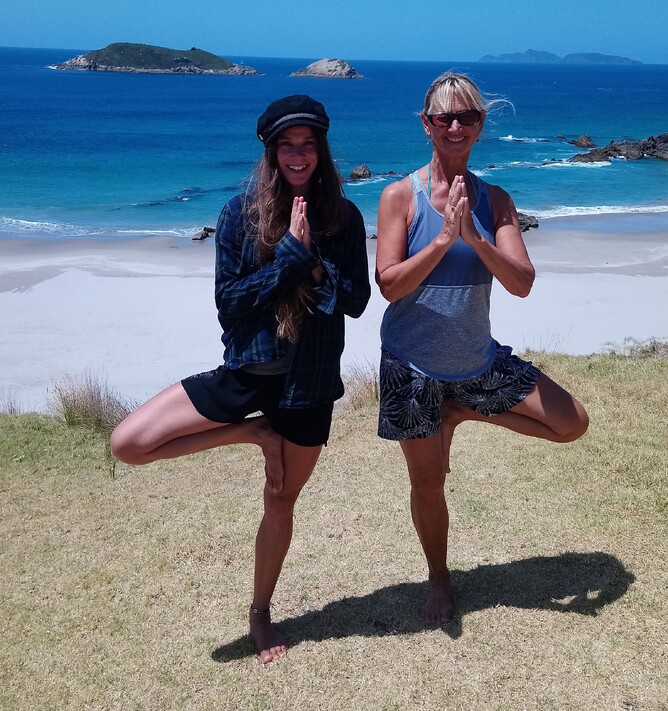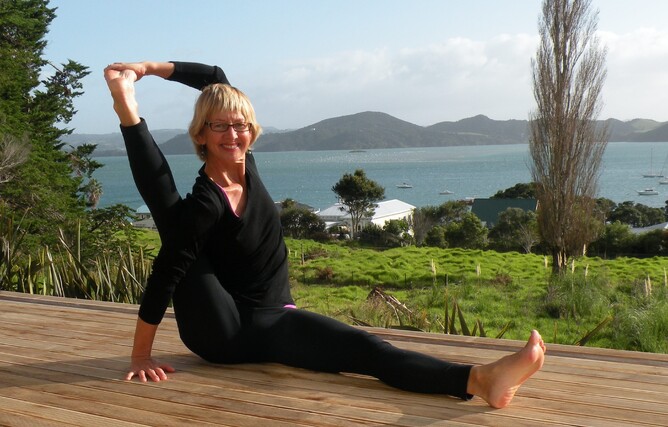THE SIMILARITIES
Both YOGA and PILATES are considered ‘mind-body’ exercise as they teach conditioning and control, not just of the physical body but also for self healing and emotional calm. They are excellent for toning and balance, strength and flexibility, stress relief, pain management and centering. Both are non-impact and are used extensively for rehabilitation of injuries and postural realignment.
YOGA:
YOGA has its roots in India from around 3000 BC. Although many yoga students only know the physical yoga ‘Asanas’, it can be considered a way of life, with 8 ‘limbs’, or steps, to achieving spiritual awareness.
1. Yama : Universal morality
2. Niyama : Personal observances (such as cleanliness)
3. Asanas : Body postures – the physical Yoga Class
4. Pranayama : Breathing exercises
5. Pratyahara : Control of the senses
6. Dharana : Concentration and cultivating inner perceptual awareness
7. Dhyana : Devotion, Meditation on the Divine
8. Samadhi : Union with the Divine
Although we teach mainly the physical Asanas here at WHY, we also work on breathing, balancing the Chakras or energy centers, and some meditation. We have several teachers who all have their own styles. The Yoga classes I teach are adjusted to suit the participants on the day. Sometimes I include more flow movements in the Vinyasa style, and other days we concentrate more on holding the postures. The yoga postures help tone, strengthen, and align the body, increase flexibility, and promote blood flow to all the organs, glands, and tissues, and keep all the body’s systems healthy and balanced. On the physical level, yoga follows the principals of:
- proper exercise (Asanas )
- correct breathing (Pranayama )
- proper diet (Saucha )
- positive thinking and meditation (Dhyana )
- complete relaxation (Savasana )
PILATES:
PILATES is an exercise technique developed by Joseph Pilates during WW1 using his interest in Yoga and other forms of exercise including body building. His belief that strength and flexibility are key components to a healthy immune system assisted many of his students to heal injuries from the war, and protected them from the influenza epidemic. The principles of Pilates are:
1. Centering: Strengthening the ‘core’ muscles of the body.
2. Concentration: Mindfulness during execution of each exercise.
3. Control: Engaging only the muscles necessary to perform the exercise, while the rest of the body relaxes.
4. Precision: Every movement has a purpose, resulting in a “less is more,” and “quality over quantity” philosophy.
5. Breath: Movement and breath are combined
6. Flowing Movement: continuous movement, and multiple repetitions of the same exercise.
7. Isolation: Exercises target a specific muscle or set of muscles.
8. Routine: Performing repeated sets of the exercises regularly over time to achieve change.
Pilates is a great way to achieve a flatter tummy, toned butt, and straight back. You will leave your Pilates class feeling stronger, taller, toned and balanced.
“In 10 sessions you will feel the difference, in 20 sessions you will see the difference, and in 30 you will have a new body.” – Joseph Pilates
KEY DIFFERENCES
The foundation of Pilates is stability through the abdominal muscles, buttocks, back and shoulders, whereas Yoga works all the muscle groups with a focus on the spine. Yoga postures are held static, or flow from one to another, while Pilates is movement based, with each exercise performed repeatedly. The breathing patterns are different in Yoga and Pilates, with Pilates concentrating the breath into the upper area of the lungs to increase strength of the core. Yoga has many types of breathing, most teaching a deeper breathing into the abdomen, with the focus on relaxing the body and mind and using the breath to connect with specific parts of your body.
YOGA and PILATES at WHY RETREAT
It is important to remember that there are many teaching styles for both. It is also not necessary to choose between them, as they are complimentary. Fantastic results can be achieved by combining different types of training – check out our Yoga-Lates classes.
WHY RETREAT offers four primary methods of training with Pilates, Yoga, the TOTAL GYM incline body weight trainer (resistance training) and a range of functional training equipment. One on one training is available for those with chronic issues or for more in depth understanding of the exercises.


